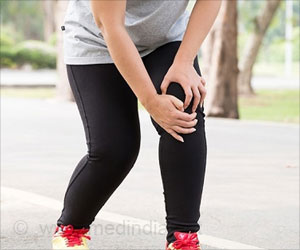The world’s first automated venipuncture medical device was found to have greater than 95% first stick accuracy than human phlebotomists.

The new device can detect and perform the venipuncture usually in one stick and with great accuracy; it relies on detailed and high quality images of the vein and its surrounding area. Improved technology with ultrasound and 3D reconstruction of the vein has reduced the need of multiple attempts during venipuncture.
“We are encouraged by the autonomous device as it demonstrates a solution to alleviate the anxiety both parents and children experience with a phlebotomy procedure,” said Tim Maguire, Ph.D, the CEO of VascuLogic. “For children and their families having to bear difficult or multiple needle sticks, the fear of a visit to their doctor is very real. Therefore, any peace of mind we can provide, particularly when a child is fearful or needs ongoing venous access, would be of tremendous benefit.”
The innovation, though originally developed for pediatric hospitals, can also be applied to adult patients too by using appropriate gauge needles.
The news is indeed promising; the new technology can revolutionize phlebotomy by providing safer, faster and more accurate venous access than manual method. But how long will it take to reach every nook and corner of the world? Will it be actually cost effective and practical when applied to the developing world? Well, let us wait and watch!
Reference: Portable robot for autonomous venipuncture using 3D near infrared image guidance; Alvin Chen et a; Technology











